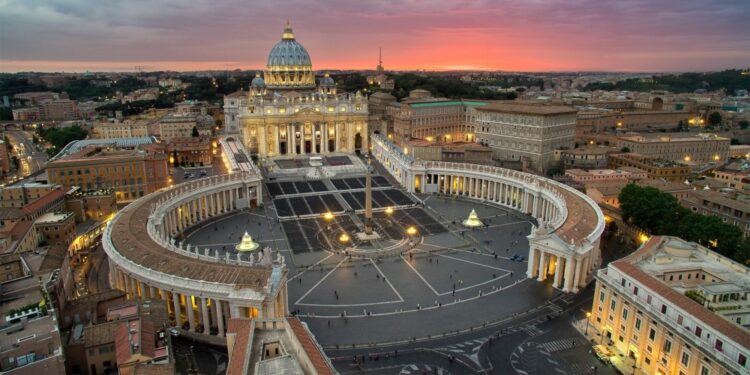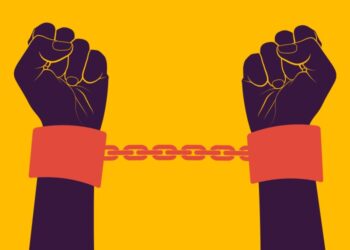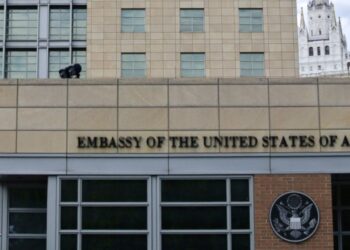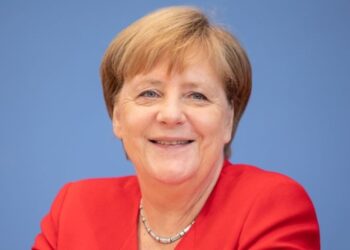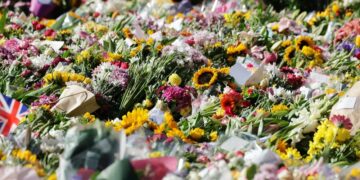Few institutions in human history have lasted as long – or wielded as much influence – as the Catholic Church. With more than 1.4 billion adherents spread across every continent, the church is not only the largest christian denomination but also one of the most enduring and influential organizations in global affairs. Its power extends far beyond the walls of cathedrals and Vatican ceremonies. It permeates politics, culture, education, diplomacy, economics, and humanitarianism.
1. A global religious giant
At its core, the Catholic Church’s primary source of power lies in its spiritual authority.
- Membership: With 1.4 billion members – nearly 18% of the world’s population – the church is the largest religious body on Earth.
- Clergy size: Over 460,000 priests and 5,300 bishops administer more than 220,000 parishes worldwide.
- Universal structure: Unlike many other denominations that are fragmented, Catholicism is centrally governed from Rome under the authority of the Pope, giving it a unified global voice.
The papacy itself is a unique institution. The Pope is not merely a religious figure but a moral authority recognized even by non-Catholics. His statements influence debates on ethics, justice, environment, science, sexuality, and geopolitics. When the Pope speaks about climate change, war, or poverty, world leaders listen.
2. Political power and lawmaking influence
While the era of popes crowning emperors has passed, the Catholic Church still holds significant political leverage.
a. Vatican City
The Holy See is recognized as a full sovereign entity under international law. Despite its tiny physical size (just 44 hectares), it:
- Maintains formal diplomatic relations with 183 countries.
- Holds permanent observer status at the United Nations.
- Signs international treaties, including those covering human rights, migration, nuclear disarmament, and environmental protection.
- Issues political statements, encyclicals, and declarations that often shape debates on global ethics.
b. Influence on national legislatures
In many predominantly Catholic countries such as Italy, Poland, the Philippines, Brazil, Mexico, and several African nations, the church is a central actor in moral and legal debates.
- Abortion, euthanasia, same-sex marriage, education policy, and religious freedoms are often influenced – or opposed – based on Catholic doctrine.
- In nations like Poland, the church’s influence is so strong that major political parties openly align themselves with Catholic ideals.
- Even in secular democracies like the United States, Catholic bishops and lobby groups exert enormous influence on public policy, especially concerning bioethics and social justice.
c. Soft power through strategy and mobilization
The church rarely enforces laws directly. Instead, it wields soft power by:
- Mobilizing millions of followers through pastoral letters.
- Lobbying through structured organizations such as the Catholic Bishops’ Conference, Knights of Columbus, and Caritas International.
- Influencing elections indirectly by endorsing moral values tied to candidates.
3. Economic power
One of the most debated aspects of church power is wealth. Estimates vary widely due to the decentralized nature of Catholic finances, but the church is undeniably one of the wealthiest non-governmental institutions in the world.
a. Property and assets
- The church owns thousands of cathedrals, churches, monasteries, schools, universities, and hospitals – many of them located on prime urban real estate.
- Iconic landmarks such as St. Peter’s Basilica, Notre-Dame Cathedral, the Vatican Museums, and the Sistine Chapel draw millions of tourists annually, generating substantial revenue.
b. Financial holdings
- The Vatican Bank (Institute for the Works of Religion – IOR) manages billions in assets used for charitable and diplomatic activities.
- Catholic dioceses across Europe, Latin America, North America, and Africa manage land, rental properties, trusts, and endowments.
- In countries like Germany, the church collects church taxes through the government, generating over €6 billion annually.
While the church claims much of its wealth is tied up in non-liquid cultural and religious heritage (which it does not sell), its economic power lies in stability and longevity. Unlike corporations, it does not collapse in financial crises. Its institutions survive wars, recessions, and revolutions.
4. Cultural and educational dominance
The Catholic Church has shaped culture more than any other institution in Western civilization.
a. Education
- The church operates over 216,000 schools worldwide, educating more than 60 million students.
- It controls 1,300+ universities and colleges, including prestigious institutions like Georgetown, Notre Dame, Boston College, and the Pontifical Universities of Rome.
- In developing countries, Catholic schools often provide the only accessible education, giving the church deep influence over future generations.
b. Literature, art, and music
- Many of history’s greatest works of art – Michelangelo’s frescoes, Leonardo da Vinci’s Last Supper, Mozart’s sacred music – were church commissions.
- Even today, Catholic liturgy influences film, literature, architecture, and music. From The Godfather to The Name of the Rose, Catholic themes dominate artistic narratives.
c. Control over rituals and life milestones
Baptisms, weddings, funerals, holidays – Catholic traditions shape the cultural fabric of entire nations. Even non-practicing Catholics are often bound to church customs during key life events.
5. Diplomatic and humanitarian power
The church is one of the world’s largest humanitarian providers.
- Caritas Internationalis, the church’s charitable federation, operates in 200 countries with over one million volunteers.
- Catholic Relief Services alone manages over $1 billion in aid programs, often partnering with governments and the UN.
- The church plays mediator roles in conflicts, such as between the U.S. and Cuba (2014 diplomatic thaw) and civil wars in Burundi, Colombia, and South Sudan.
The church’s neutrality allows it to negotiate in places where governments or NGOs cannot. Many dictatorships fear opposing it too strongly, while many revolutions arise with church support – as seen in Poland’s Solidarity Movement, which helped dismantle Soviet rule.
6. Moral and ideological authority
Perhaps the church’s greatest power is its ability to shape conscience.
a. The power of doctrine
The Catholic Church sets moral guidelines for how 1.4 billion people view sexuality, family, work, politics, economics, science, and death. Even when adherents disagree, the church still acts as a reference point of authority.
b. The confessional and spiritual guidance
Through sacraments, pastoral counseling, and spiritual formation, priests and bishops hold intimate influence over individuals’ ethical frameworks. No other institution has such a deep, personal connection to its members.
Limits to the church’s power
Despite its vast reach, the church faces significant constraints.
- Secularism and declining mass attendance are weakening its influence in Europe and North America.
- Internal scandals, particularly sexual abuse cases, have damaged its reputation and moral authority.
- Doctrinal rigidity sometimes alienates younger generations seeking more progressive values.
- The church has no standing army, no ability to enforce laws directly, and relies on persuasion rather than coercion.
Thus, its power is not absolute – but strategic, moral, and deeply embedded in global systems.
Conclusion
It may no longer command empires, but its power lies in endurance, persuasion, and global reach rather than force. Few institutions have survived as long – empires have risen and fallen, dynasties have perished, ideologies have died, yet the Catholic Church continues to evolve and operate at the center of world affairs. Its ultimate strength is that it operates not as a mere organization, but as a parallel civilization – transnational, multilingual, multiethnic, and centuries old. In summary, the Catholic Church is:
| Domain | Level of power |
| Religious | Supreme: Largest unified religious body. |
| Political | High: Diplomatic influence in over 180 countries. |
| Economic | Significant: One of the largest landowners and institutional investors. |
| Cultural | Enormous: Architect of Western civilization and global education. |
| Humanitarian | Dominant: Among the top NGOs in aid delivery. |
| Moral/social | Persistent: Continues to shape ethics and identity. |

